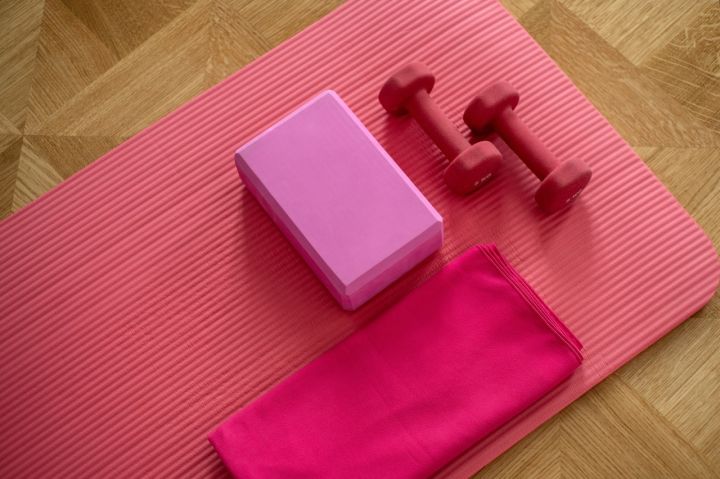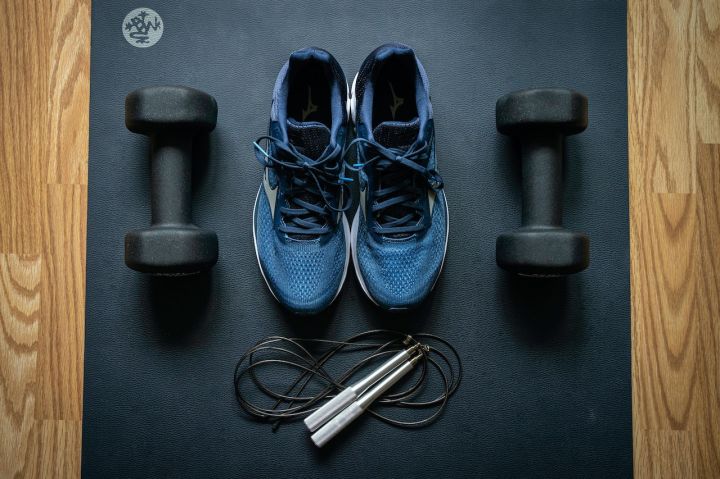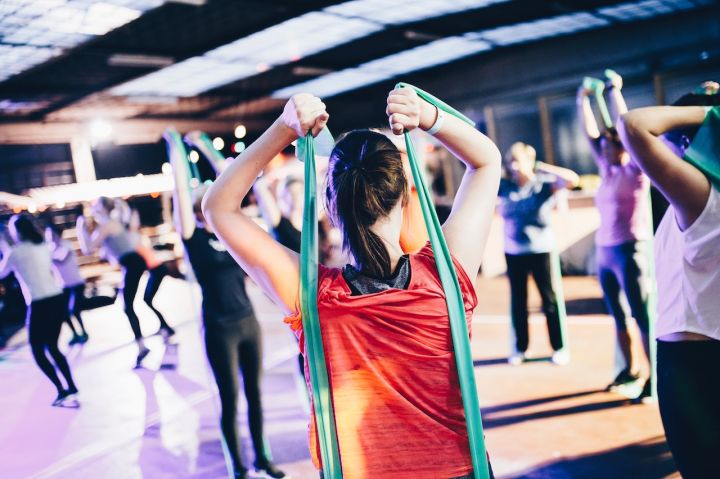in our iron-loving circles, the deep squat has been named the 'king of the lifts', and for good reason; any deep squat you do, aided by the hamstrings, core and calves, will strongly stimulate the two largest muscle groups in the body - the femurs quadriceps and gluteus maximus.

Thus working many large muscle groups and using several key joints at near maximum range of motion, the deep squat will also challenge your athleticism and cardiovascular fitness. And it burns calories faster than most movements, so it will make you more toned.

using the same movement all the time is definitely a bad choice and is limiting both muscle growth and strength. If you've been working out this way for years. Which deep squat variation is best for you depends on your training goals, favourite preferences.
Choose your movement based on the following criteria.
1. Back of neck squat
best for: Strength
the back of the neck squat is the gold standard of deep squatting movements, it allows you to move more weight than the front of the neck squat, more load means more change in the muscles.
Theoretically, increased weight means increased muscle tone, strength and ability to grow.

applications.
The effect of the deep squat on the muscles depends on the unique proportions of the body. Observe an experienced lifter performing a deep squat from the side: If they have short thighs and a long torso, they are able to keep their torso almost upright during a deep squat. But if they have long thighs and a short torso, they have to lean significantly forward so that their thighs can remain parallel during the movement. A 2015 study in the journal of sports science showed that this forward lean resulted in a little less force being generated by the quadriceps than other forms of deep squatting, while the hamstrings would be more involved.

safety.
There is no doubt that when you start a deep squat you will need someone to observe the assistance, or at least a stable squat rack. In any case, you don't want to get stuck in the middle of a deep squat and have to unload the weight and herniate the discs in the process. It's one thing to do it badly, it's another thing to do it stupidly.
Deep squats also have the potential to fail catastrophically, and they are not for everyone. Long thigh bones, a short torso, tight calves, or limited hip and shoulder mobility can make this movement a nightmare for some people with lower back tightness, so much so that some highly respected coaches have removed the deep squat from their athletes' training.
Depending on all these factors, you may be able to find better form for the deep squat.
Rating.
Safety: 2/5
strength training: 5/5
muscle training: 4/5

2. Neck front squat
best for: Muscle building and functional movement training
once you've mastered the front neck squat, few movements train the quads as much as it does. The racking of the barbell will help you perform in a variety of sports.
The aforementioned study found that the anterior neck squat activates the lateralis and rectus femoris, two quadriceps muscles, more than the posterior neck squat. Most lifters use lighter weights in the anterior neck squat than in the posterior neck squat, but with less hamstring involvement you may be able to stimulate the quadriceps more effectively than in the posterior neck squat.

applications.
The "Brace" Position (holding the barbell in front of the shoulders) is a support movement in many strength training movements: Olympic lifts, kettlebells, cross-flyers. The barbell is placed in front of the body during the deep squat, thus making it an amazing sport-specific challenge.
It also requires you to keep your torso more upright, unlike the behind-the-neck squat, which for some people means less stress on the lower back. However, these benefits come at a price; this is a technically demanding squat and you have to keep practising to master the movement.
The braced position shifts the body weight forward, which means the lower back has to work harder to stay upright in the front squat than in the back squat.

safety.
As with the behind-the-neck squat, a spotter or deep squat rack is required for the front squat. It is usually easier to lose your balance and fall in a front neck squat than in a back neck squat.
Depending on the lifter, the front squat may be more comfortable than the back squat: Some people feel fine in the braced position; but others still have difficulty completing it even without pain.
Either way, any time the spine is subjected to 100 pounds or more of stress, there is the potential for injury.
Rating.
Safety: 2.5/5
strength training: 4/5
muscle training: 5/5

3. Huck squat
best for: Fitness and injury prevention
want to stimulate your leg muscles as much as you can? Huck squats are probably your best bet. In addition, some studies have shown that the hack squat may activate more quadriceps than the behind the neck squat.
One study showed that when the back is resting on a support mat, the supporting muscles of the trunk don't have to work as hard during a deep squat. These features make the hacker squat a good option for people with an injured or weak lower back so that good leg training can still be obtained.

applications.
In a deep squat, lean back on the mat with your shoulders under the mat, feet on the incline plate and... Squat deep. It's simple, but the benefit this machine offers is that you don't need a barbell.
The hacker squat removes the stabilising muscle groups from the squatting action, which allows you to concentrate more directly on training the leg muscles. Without the restriction of the lower back and core muscles, you are likely to be able to lift more weight in the deep squat than in the free deadlift.
That said, the hacker squat is less mentally and physically taxing than the barbell squat, making it a great alternative to a barbell that you can't use on training days.

safety.
All strength training movements, especially heavy weights, are risky, but for the hacker squat this risk is low: The machine has a safety device that makes it less likely that the movement will collapse under heavy weights, and the risk of lower back injury when your back is resting on the mat is less than for the front and back squat.
Ratings.
Safety: 4/5
strength training: 3.5/5
muscle training: 4.5/5






